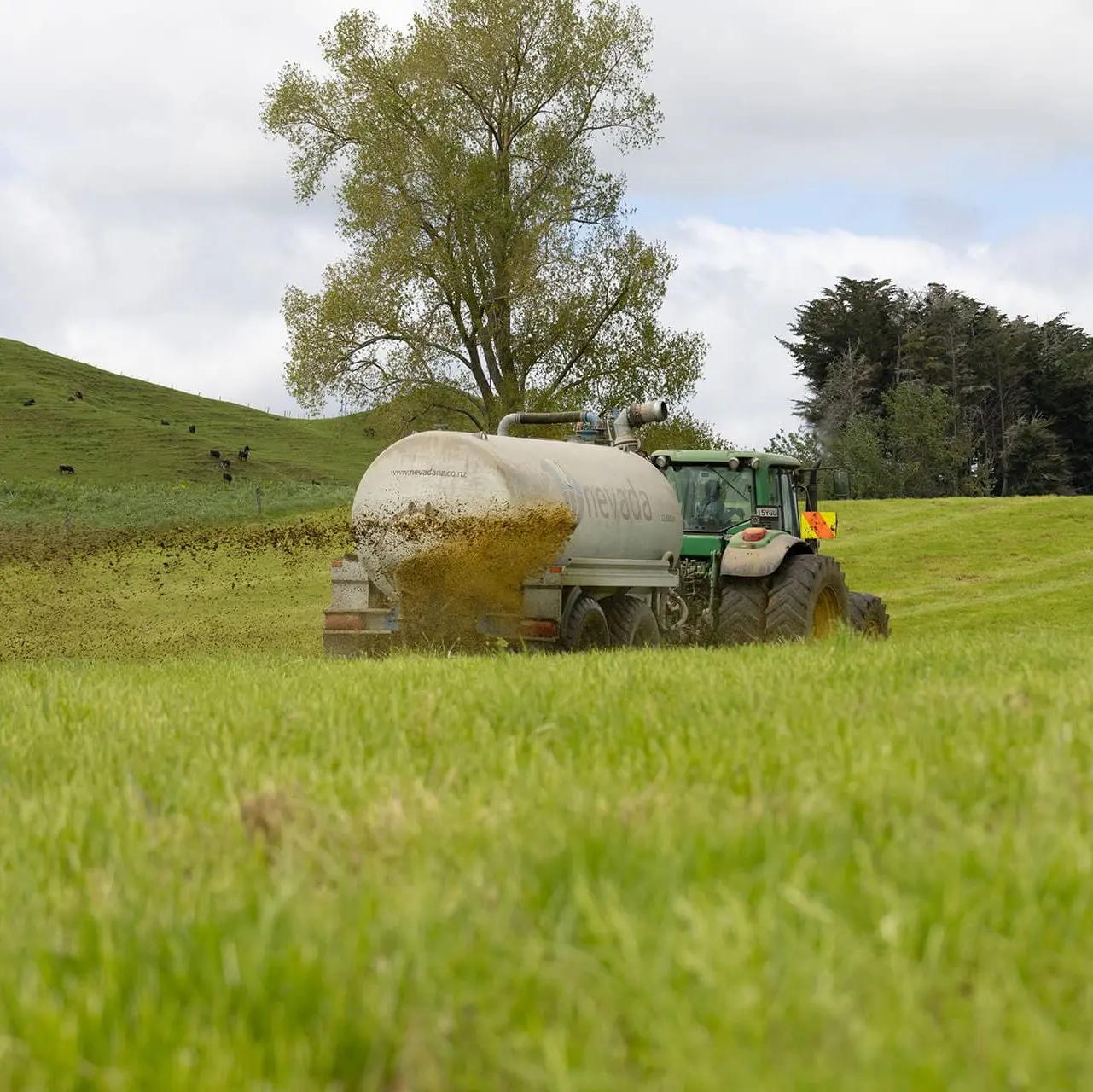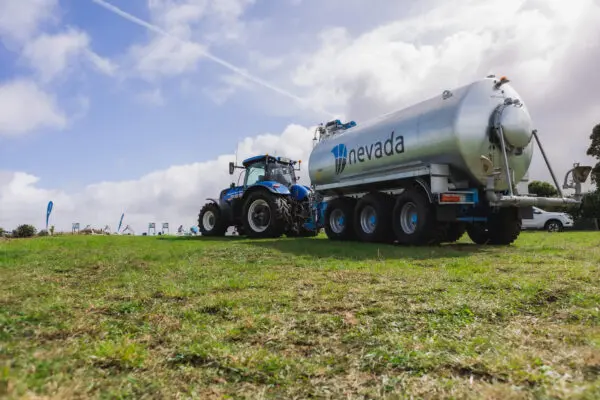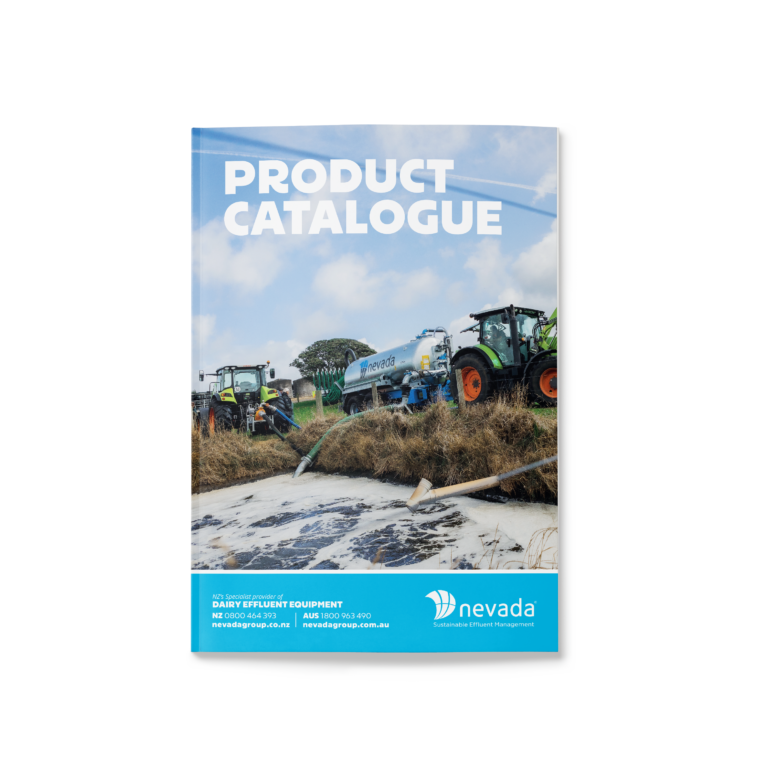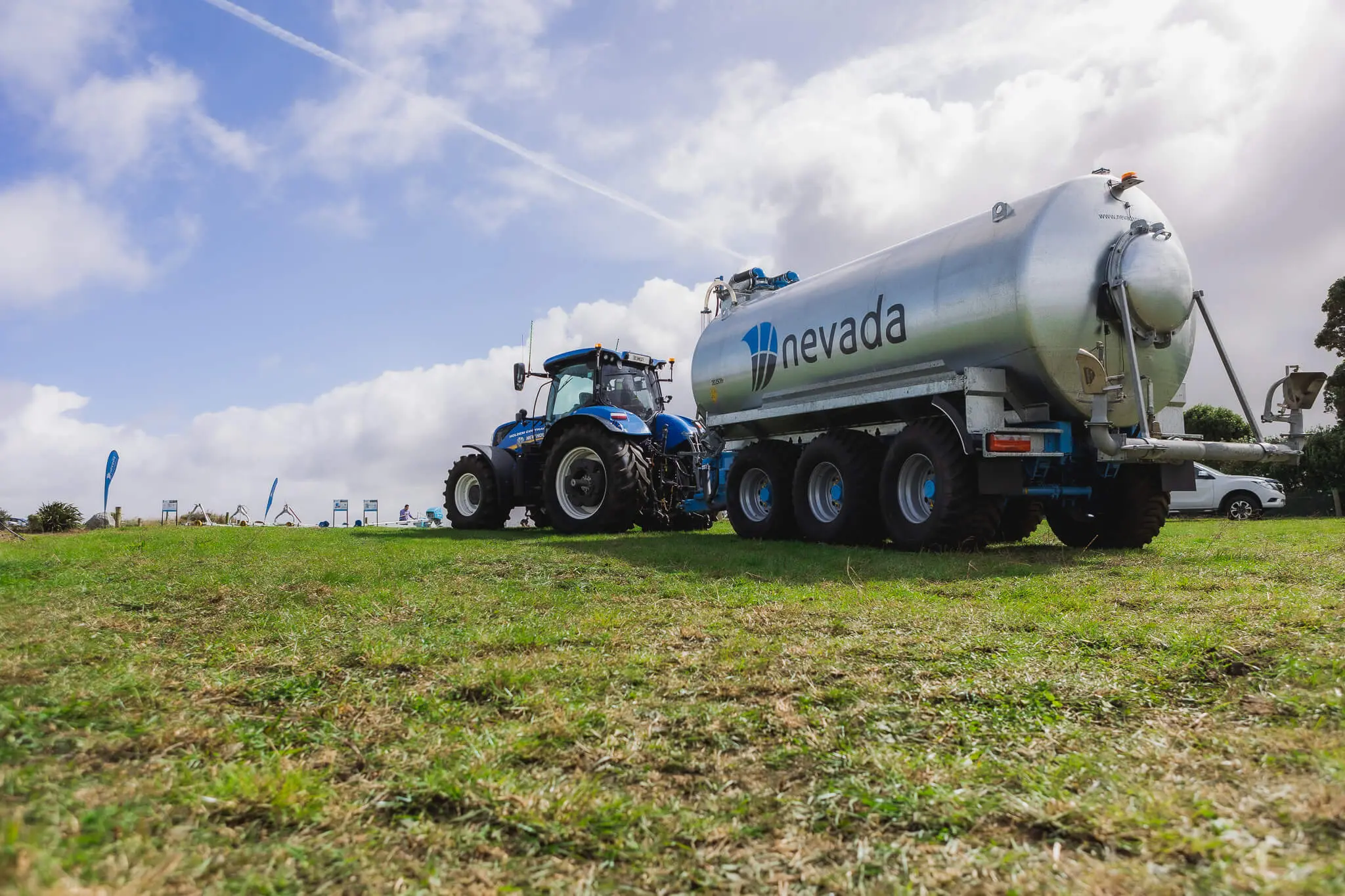- Sustainable Effluent Management
Using a splash plate, normal application depths are 3-5mm. Application rate needs to match the soil infiltration rate to avoid ponding and run-off. This is easily achievable even with heavy soils thanks to the revolutionary Nevada RainWave™ – a new system of achieving even more control, resulting in low application, and even spread.
By using low pressure and an oscillating fan pattern, the Rainwave™ achieves a wider spread and produces larger droplets, meaning virtually no wind drift, so nutrients are spread evenly.
What’s more, by using the Nevada Rainwave™, you’ll get more from your nutrients!
As the name suggests, the Rainwave™ uses low pressure to spread nutrients in a gentle rain pattern. This reduces volitisation so nutrients are not lost to the atmosphere.

"*" indicates required fields

"*" indicates required fields

"*" indicates required fields

"*" indicates required fields

